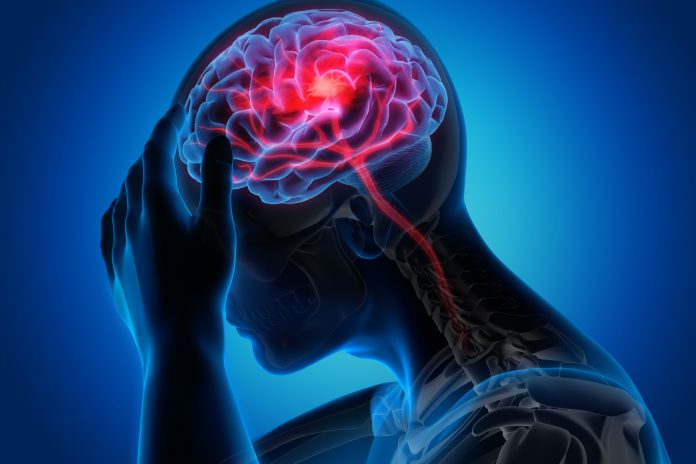
Research led by the Amsterdam University Medical Center (UMC) shows a specific risk score can predict the risk of patients’ developing epilepsy after experiencing a cerebral venous thrombosis, a type of rare stroke.
As reported in JAMA Neurology, the score included six factors: age at onset, cerebral hemorrhage, having seizures in the first week after diagnosis, having a seizure that does not stop on its own in the first seven days, subdural hematoma and requirement of an operation (decompressive hemicraniectomy) to relieve pressure on the brain.
These factors were together able to predict which patients experiencing cerebral venous thrombosis were at higher risk for developing epilepsy up to three years after their diagnosis 74% of the time. The researchers have made the DIAS3 score freely available online to all healthcare providers via the International Cerebral Venous Thrombosis Consortium website.
“We hope that as many physicians as possible will use this score to better treat and educate cerebral venous thrombosis patients across the world,” said lead author and neurologist at Amsterdam UMC, Jonathan Coutinho, PhD, in a press statement.
Cerebral venous thrombosis happens when the veins that drain the blood away from the brain are blocked. It is rare compared with other types of stroke with a predicted three to four cases per million people per year. Around 75% of cases occur in women and age of onset is typically between 20 and 50 years of age.
Around one in ten people who experience this type of stroke develop epilepsy as a result of the brain damage they experience, but it can be hard to predict which patients will experience this severe outcome.
This study collected data from 15 countries on more than 2000 patients who experienced cerebral venous thrombosis to develop the predictive model.
The team hope the positive predictive results they obtained with DIAS3 will help to predict patients at highest risk of going on to develop epilepsy so they can take early precautions and seek the best treatment.
“Because it mainly affects women at an age when they are in the middle of their careers and maybe starting a family, it is important for them to know if they should take epilepsy into account,” explained Coutinho.
“We hope that this score will also help healthcare providers in the guidance of cerebral venous thrombosis patients and that it will contribute to follow-up research into treatment with anti-seizure medication. Ultimately, we want to completely prevent epilepsy after [this type of stroke].”





